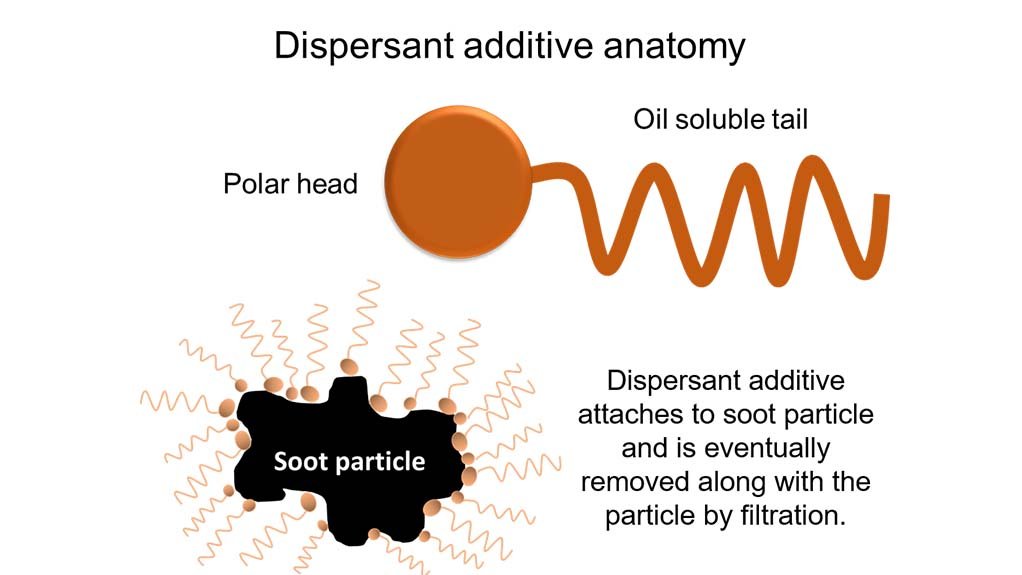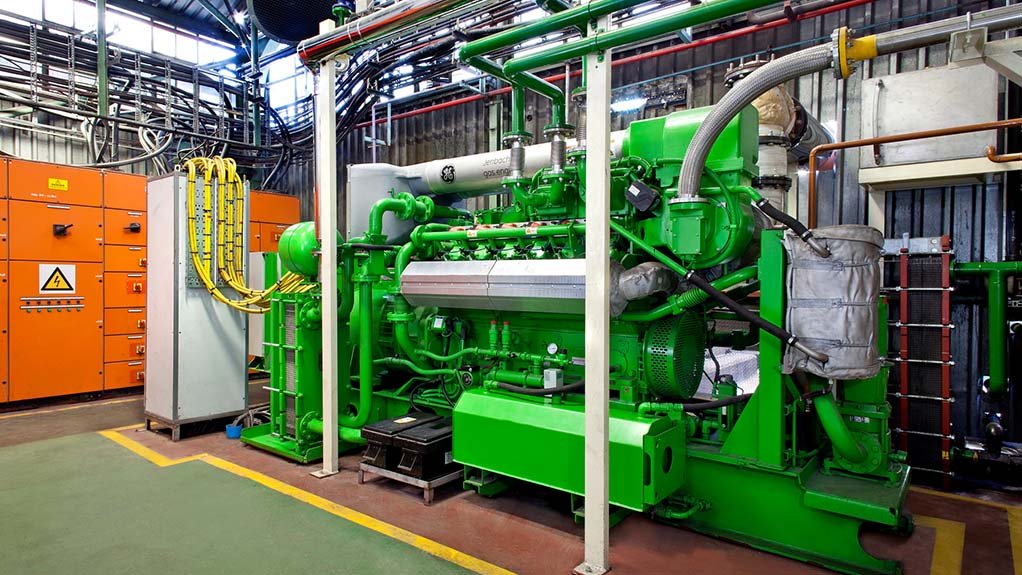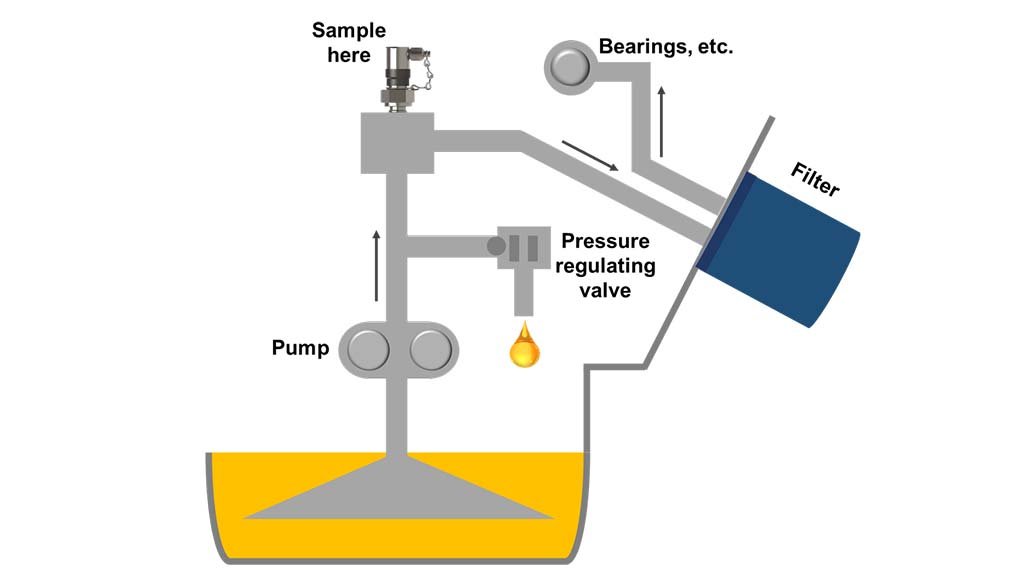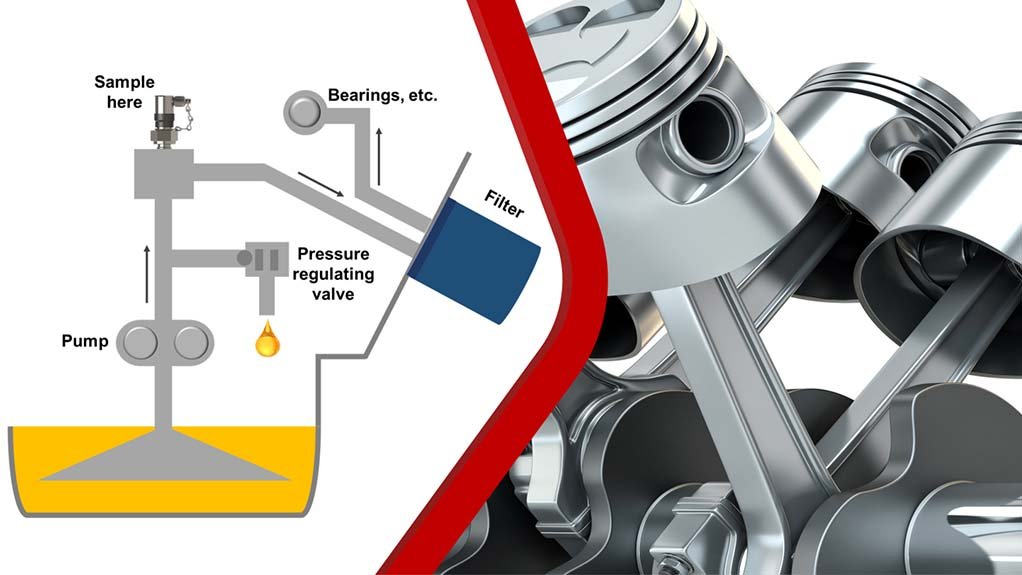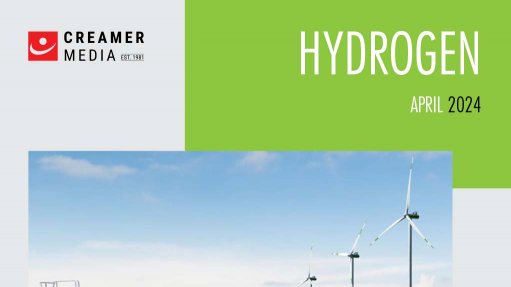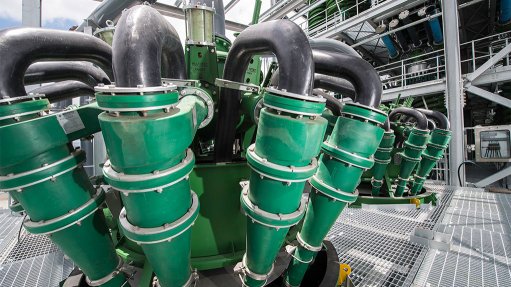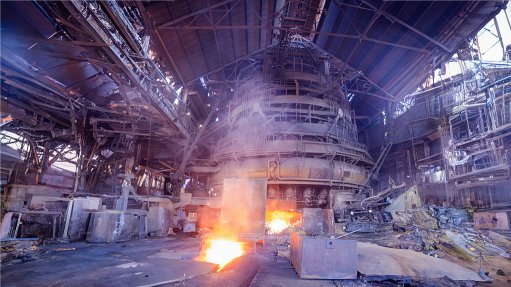WearCheck Lube tips: Volume 3
This article has been supplied as a media statement and is not written by Creamer Media. It may be available only for a limited time on this website.
(Virtual Showroom):11. Lube tip: introducing additives to improve oil quality
Oil quality is established by the refining processes, and additives are most effective if the oil is well refined. Although the overall performance of an oil can be improved by introducing additives, a poor quality oil cannot be converted into a premium quality oil by introducing additives.
12. Lube tip: how contaminants affect additives
Particle contamination in a lubricating or hydraulic system is widely known as one of the most devastating contaminants. One effect of particle contamination that is rarely discussed is additive leaching. Many additives attach to particles and are removed along with the particle by filtration.
13. Lube tip: nitration - why it's bad
Nitration is the degradation of oil in the presence of nitrogen compounds. Nitration is a common mode of gas-engine lubricant degradation. It is a particular problem with higher temperature 4-cycle engines. Nitrogen oxides are typically formed during fuel combustion. These nitric oxides react with water to form nitric acid. The formation of nitric acids can lead to a corrosive environment to exposed engine surfaces. Nitration also leads to the formation of deposits and sludge.
14. Lube tip: understanding the difference in synthetics
There is no minimum quantity of synthetic base oil required in order to call a blend a semi-synthetic lubricant. Because Group III and Group IV base oils are both considered synthetics, any oil labelled as a full synthetic would contain either Group III or polyalphaolefin (PAO) or both. Any oil that is labelled as a partial synthetic, semi-synthetic or synthetic blend would contain Group I or Group II (mineral oil) plus some amount of Group III oil or PAO (synthetic).
15. Lube tip: engine crankcase oil sampling techniques
When taking a sample of engine crankcase oil, it is important to avoid contaminating the sample, as with any sample. A good place from which to take the sample is just before the filter. The sampling valve can be inserted between the filter and the pump. It is recommended to use this place as a source for the sample, rather than taking the sample using a vacuum pump with a tube inserted down the dipstick port, or from a drain port.
Comments
Press Office
Announcements
What's On
Subscribe to improve your user experience...
Option 1 (equivalent of R125 a month):
Receive a weekly copy of Creamer Media's Engineering News & Mining Weekly magazine
(print copy for those in South Africa and e-magazine for those outside of South Africa)
Receive daily email newsletters
Access to full search results
Access archive of magazine back copies
Access to Projects in Progress
Access to ONE Research Report of your choice in PDF format
Option 2 (equivalent of R375 a month):
All benefits from Option 1
PLUS
Access to Creamer Media's Research Channel Africa for ALL Research Reports, in PDF format, on various industrial and mining sectors
including Electricity; Water; Energy Transition; Hydrogen; Roads, Rail and Ports; Coal; Gold; Platinum; Battery Metals; etc.
Already a subscriber?
Forgotten your password?
Receive weekly copy of Creamer Media's Engineering News & Mining Weekly magazine (print copy for those in South Africa and e-magazine for those outside of South Africa)
➕
Recieve daily email newsletters
➕
Access to full search results
➕
Access archive of magazine back copies
➕
Access to Projects in Progress
➕
Access to ONE Research Report of your choice in PDF format
RESEARCH CHANNEL AFRICA
R4500 (equivalent of R375 a month)
SUBSCRIBEAll benefits from Option 1
➕
Access to Creamer Media's Research Channel Africa for ALL Research Reports on various industrial and mining sectors, in PDF format, including on:
Electricity
➕
Water
➕
Energy Transition
➕
Hydrogen
➕
Roads, Rail and Ports
➕
Coal
➕
Gold
➕
Platinum
➕
Battery Metals
➕
etc.
Receive all benefits from Option 1 or Option 2 delivered to numerous people at your company
➕
Multiple User names and Passwords for simultaneous log-ins
➕
Intranet integration access to all in your organisation




